|
By way of a sharp contrast with Hambledon Hill, our next Field Trip was to water meadows that occupy 84 acres of beautiful and historic – but flat - land south west of Salisbury.
Debbie Carter, the organiser, reported, 'We had a great trip to Harnham Water Meadows yesterday in brilliant sunshine. We had an excellent and informed guide in Hadrian Cook and there were, I think, 17 TNHS members including two young boys.' The Harnham Water Meadows Trust, formed in 1990, has worked to restore and preserve this internationally important heritage site, probably the best known meadow irrigation system in England. Hadrian Cook, a member of the Trust’s team of volunteers guided us and talked us through the history of the meadows and their influence on the flora and fauna of the surrounding area. He also explained the role of the Drowner, whose responsibility is to maintain an even flow with irrigation events typically lasting for time periods between three days and one week. Thanks to Andrew Carter for these photos of the Cathedral, Harnham Mill and the Drowner's daughter's poem. You can read about the history of the Harnham Water Meadows here. The Trust has announced that the meadows are now open to pre-arranged guided tours. If you would like to arrange a visit, please get in touch via e-mail, or our Social Media pages or via [email protected]. 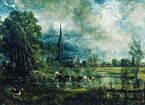 Constable - Salisbury Cathedral from_the_Meadows: Public domain, via Wikimedia Commons Constable - Salisbury Cathedral from_the_Meadows: Public domain, via Wikimedia Commons The famous painting - one of the most famous - by Constable, of Salisbury Cathedral from the water meadows, must surely be in the minds eye of many of us as we drive along the Harnham Road. On Wednesday, 25 August we are going to find out all about the meadows, why they're not just beautiful but internationally important and probably the most important meadow irrigation system in England. If you've not yet signed up for this and for full details, please go to Field Trips. Anyone ever have to act in 'Daddy long legs' as their annual school play? It's a rather sweet story about an orphan and a mystery benefactor she catches sight of only once as a lankily distorted shadow.  Leatherjacket_Emelt - Rasbak, CC BY-SA 3.0 via Wikimedia Commons Leatherjacket_Emelt - Rasbak, CC BY-SA 3.0 via Wikimedia Commons The insect version is no benefactor for gardeners, as their eggs develop into those nasty-looking grubs we call leatherjackets. But help from nature is at hand, as they're a favourite food for our avian friends the rooks, jackdaws and starlings. So don't be cross when you find little holes in your lawn. Andrew Graham tells us more about them and the adult 'daddy long legs' that they become, in MoreNews. One of the surprises, for our leader Andrew Graham, was that his group of 12 did in fact succeed in completing the route he'd mapped out for us in the hope of seeing as much wildlife as possible. For his detailed account, go to Field Trips/What you missed, but here are some of the highlights. The Chalkhill blue butterfly is now quite rare - here's the male on the left, the female on the right. Some butterflies are confusingly similar - on the left, the Gatekeeper and next to it, a female Meadow brown. You'd think the next one to the right was the underside of the female Meadow brown but no, it's of the Gatekeeper. And the male Meadow brown is the dingy one on the extreme right - just a hint of orange on its forewing. The flowers were glorious, too, the hillside a riot of colour. We were all surprised to be introduced to the Carline thistle - we thought it was just a dead ordinary one, but they were there at all stages and fascinating especially close up.  Amongst the cattle grazing were some Park Whites, kept in Britain for more than 2,000 years. They are closely descended from Britain’s original wild white cattle that were enclosed in parks by the nobility during the middle ages. A final and very appropriate touch of history. 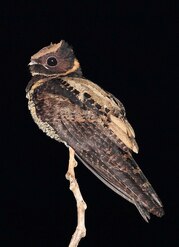 Nightjar - Nigel Voaden from UK, CC BY-SA 2.0, via Wikimedia Commons Nightjar - Nigel Voaden from UK, CC BY-SA 2.0, via Wikimedia Commons For those who thought I was only obsessed with swifts, you're wrong! Ever since that magical night on Holt Heath, nightjars have definitely moved into focus. And if you want your bit of that magic, get yourself to Holt Heath soon (directions on Field Trips/What you missed), and the spot from which we walked to hear and see them, and you may still be lucky - they don't leave till mid to late August, to head back along with our swifts to Southern Africa. Lingering unsatisfied curiosity took me to several websites stuffed with fascinating details, starting with Wikipaedia:
But the British Ornithologists' Union and Discover Wildlife have more, and wonderful photos too, including one of a nightjar spotlit in flight.  Fantanaranja, CC BY-SA 4.0 via Wikimedia Commons Fantanaranja, CC BY-SA 4.0 via Wikimedia Commons One of these mentions that the woodcock shares similar habitat and memorably, on that first night, we heard and saw these, too. Again, Wikpaedia comes up with memorable facts, including that Cocker spaniels (this one's called Tony) are named after woodcock, having been first bred for hunting them.  It really seems now that our swifts have left for warmer climes - or are they just still up there, keeping clear of the cold and wet? Time will tell but today, 7 August, is the cut-off day for returns from the small army of volunteers who have been trying to keep track of our swifts since the memorably warm and sunny evening on 8 July when we all got together at The Boot. All surveyors have now been reminded to submit their returns, but anyone else who has noticed particular activity also, please, let me have a note of this. In particular, have you seen swifts flying into walls and clinging there, or flying round and round an identifiable location, so low that you can hear the wind in their feathers? Please do let me know of any such sightings, to [email protected]. It would seem that activity has been very patchy, with none at all in areas where they used to be seen regularly, but many more elsewhere. We look forward to reading Andrew's report and as this is our very first attempt, it will be interesting. 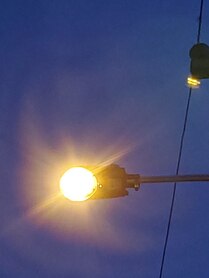 Street lighting American_Electric_Lighting_Autobahn_ATBX Street lighting American_Electric_Lighting_Autobahn_ATBX You may not have noticed some really good news lighting up your nightlife! Wiltshire Council has converted all of Tisbury's street lighting to LEDs, which are not only less expensive (good for tax payers) but also good for insects, bats and other night flyers - including migrating birds. Generally, the amount of street lighting has hugely increased over the last few decades and the impact on insect life especially has been as some put it, 'apocalyptic'. For full details of what's been done, go to More News.  Nightjar - Richard Crossley, CC BY-SA 3.0 httpscreativecommons.org licensesby-sa3.0, via Wikimedia Commons Nightjar - Richard Crossley, CC BY-SA 3.0 httpscreativecommons.org licensesby-sa3.0, via Wikimedia Commons Well, we did get home by midnight, but not much before that. The 6 July field trip to Holt Heath to hear nightjars and hunt for glow-worms was the second after-dark field trip this year, following the bat walk at Old Wardour Castle in April. Meeting at a nearby pub for supper before venturing out was a welcome innovation before the excitement of wending our way down the track in the dark.
 Timo Newton-Syms from Chalfont St Giles, Bucks, UK, CC BY-SA 2.0, via Wikimedia Commons Timo Newton-Syms from Chalfont St Giles, Bucks, UK, CC BY-SA 2.0, via Wikimedia Commons And it was really exciting to 'tick both boxes' of the advertised trip by finding a good half dozen glow worms on our way back - it needs to be completely dark for them to 'come out'. Not so much glow, they rather sparkle like back-lit emeralds. Really magic. Romance for glow-worms is over for the year, but nightjars should be around till later this month before they set off back to sub-Saharan Africa. Go to Field Trips/What you Missed for directions, if you'd like to have a go at this yourself. |
Photo: Avocets (Izzy Fry)
The headers display photos taken by our members. Do get in touch via the Contact Form if you'd like to submit a photo for selection.
Archives
May 2024
Categories
All
|



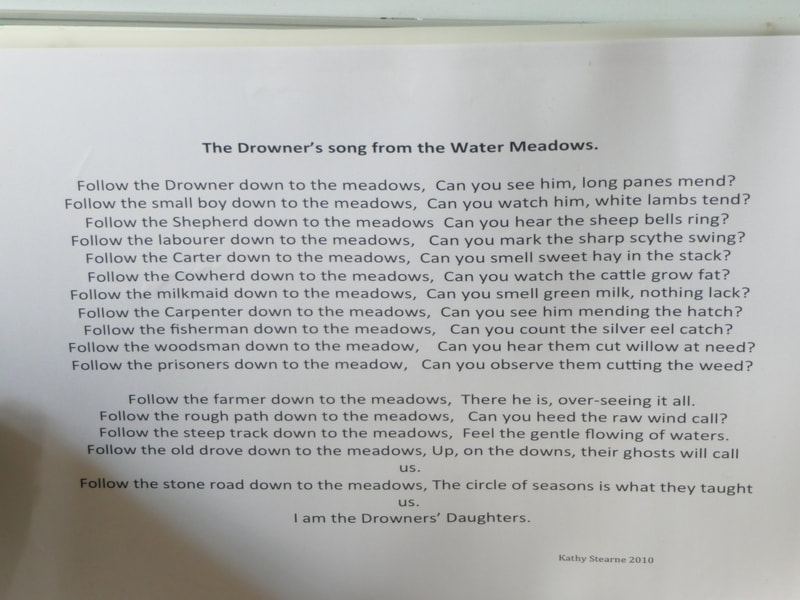
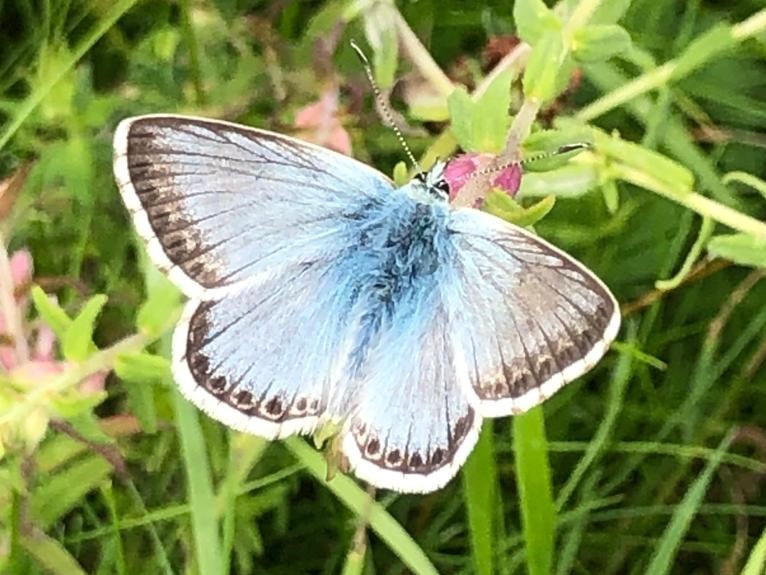
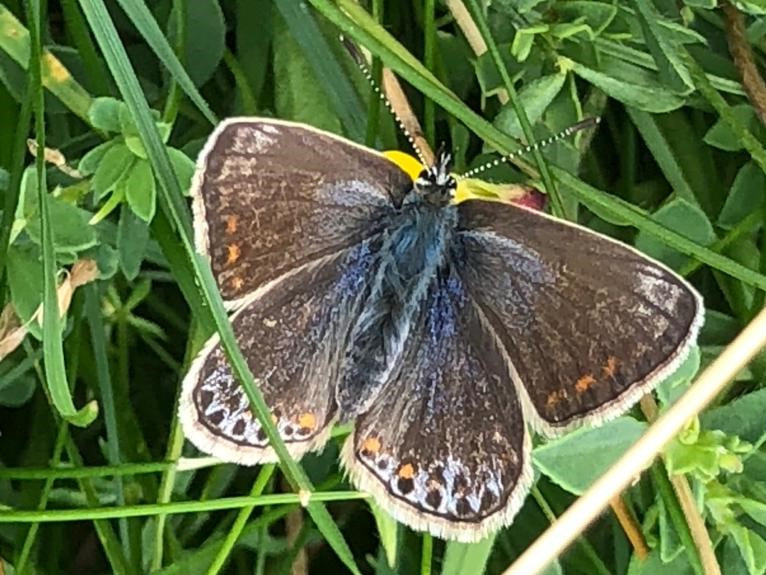
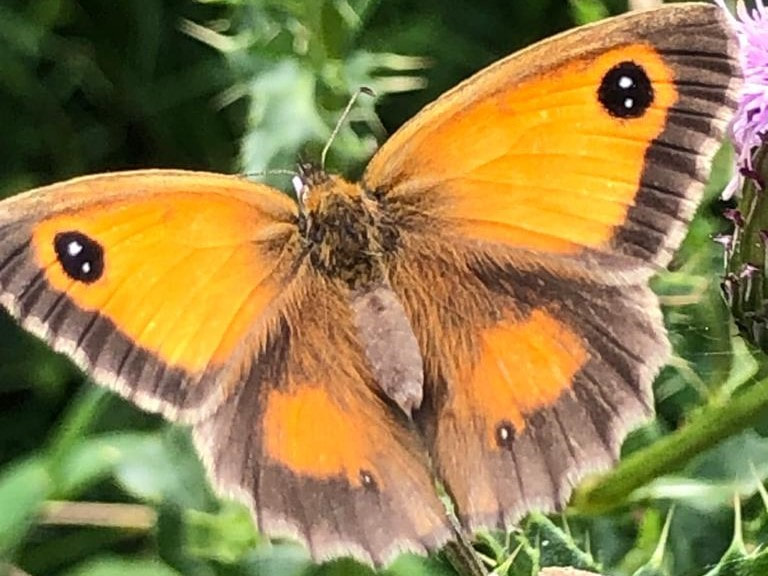
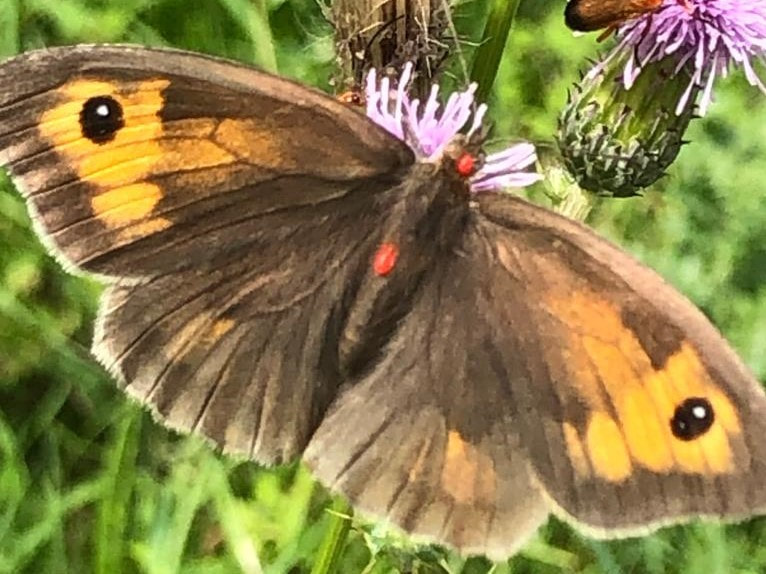

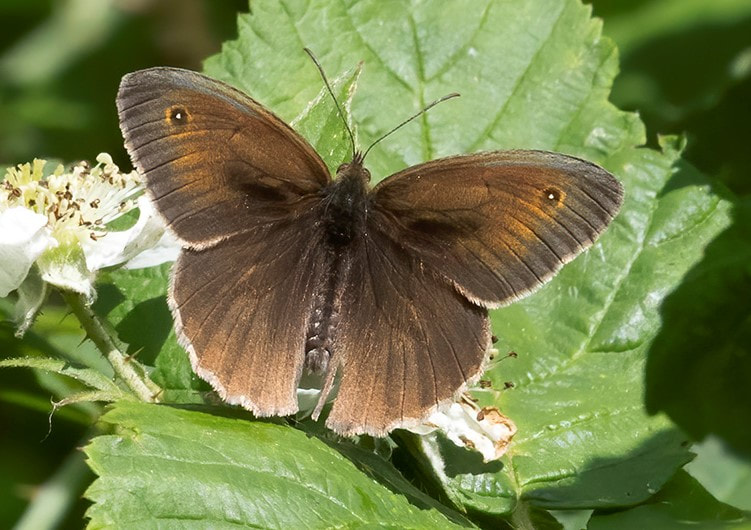
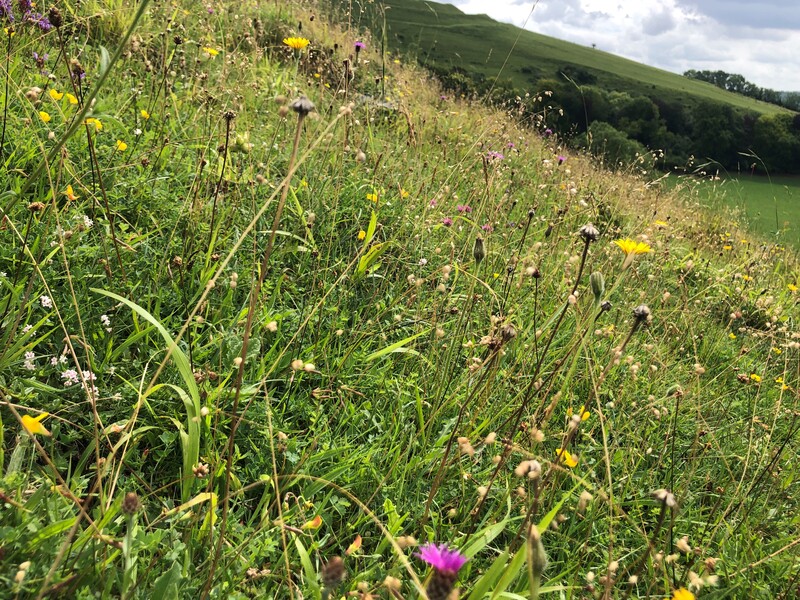



 RSS Feed
RSS Feed